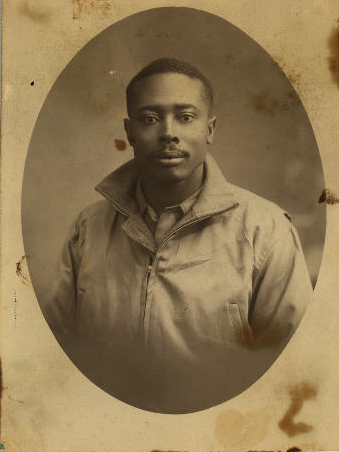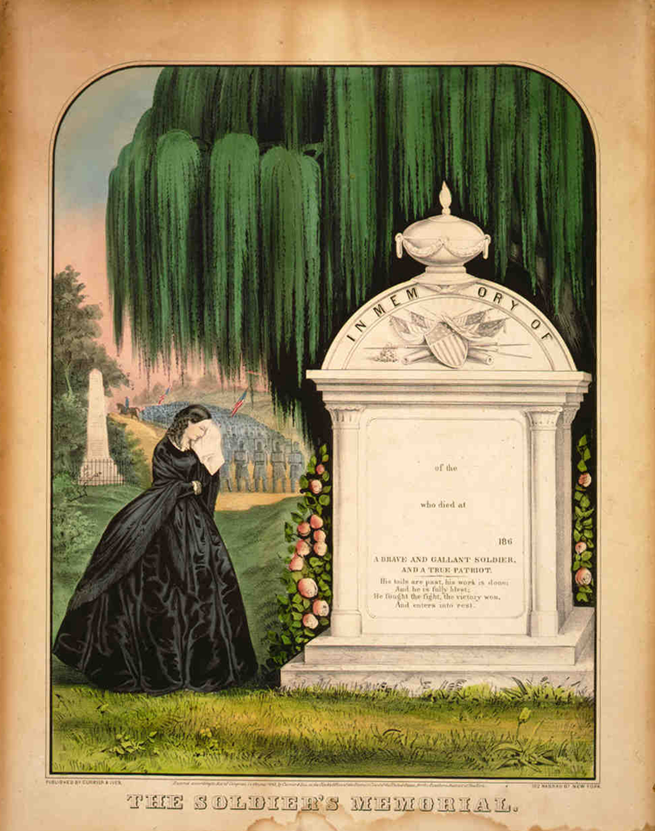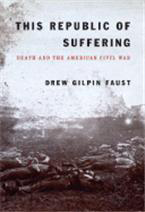The year was 1864. The American Civil War was in its third year, and the fighting was intense. As the newly appointed General Grant advanced on Richmond, Virginia, some of the bloodiest battles of the war were fought at: The Wilderness (17,666 dead), Spotsylvania (10,920 dead), Drewry’s Bluff (4,160 dead), Cold Harbor (12,000 dead), and Petersburg (16,569 dead). These five battles alone cost 61,315 lives.
In the South, General William Tecumseh Sherman led a force of 110,000 from Chattanooga, Tennessee, into Georgia to begin the Atlanta Campaign, which would last until the city was surrendered on 2 September 1864.
After ordering the evacuation of Atlanta, he burned most of the city and from there Sherman began his infamous “March to the Sea” as he set his sites on Savannah. Cutting a wide path through Georgia, his troops took food and other supplies, and left a devastating trail of burned plantations and crops. On 22 December 1864, he reached Savannah, where he would remain until January 1865 when he continued his “scorched earth” campaign north into the Carolinas.
In the Midwest the year opened with severe cold and snow. The high temperature for January 1st in Chicago, Illinois, was sixteen degrees below zero and Minneapolis, Minnesota, was even colder with a high of twenty-five below.Â
In England, the Dale Dyke Dam burst, causing the Great Sheffield Flood (or the “Great Inundation” as it is also known). The failure of the dam sent tons of water through central Sheffield washing away bridges, destroying 800 houses, and killing 270 people.
The American Civil War was having a devastating impact on the textile mills of Lancashire, England. Union blockades of Confederate ports halted the exportation of cotton that was needed in the Lancashire mills, resulting in a “cotton famine.â€
Prussia and Denmark were involved in the Second Schleswig War, fighting for control of the duchy of Schleswig. This matter wouldn’t be entirely settled until after World War I.



 Just wanted to take a minute to wish all of you a safe and happy Memorial Day! I plan to observe the weekend here at home, and hope to find some time to research some of the military heroes in our family tree. Don’t forget, Ancestry is offering free access to military databases through May 31st. (
Just wanted to take a minute to wish all of you a safe and happy Memorial Day! I plan to observe the weekend here at home, and hope to find some time to research some of the military heroes in our family tree. Don’t forget, Ancestry is offering free access to military databases through May 31st. (



